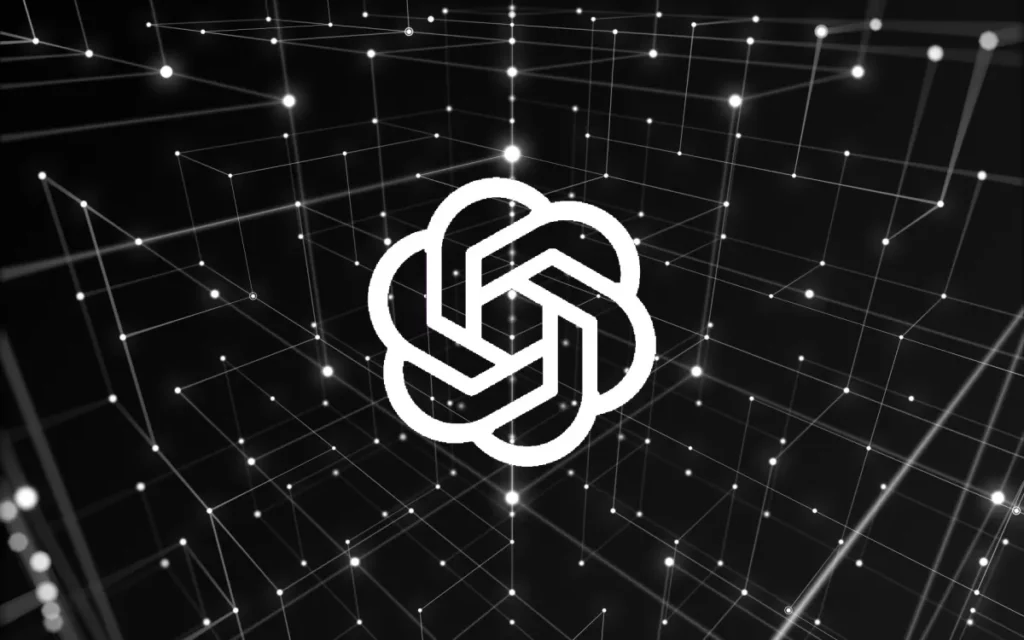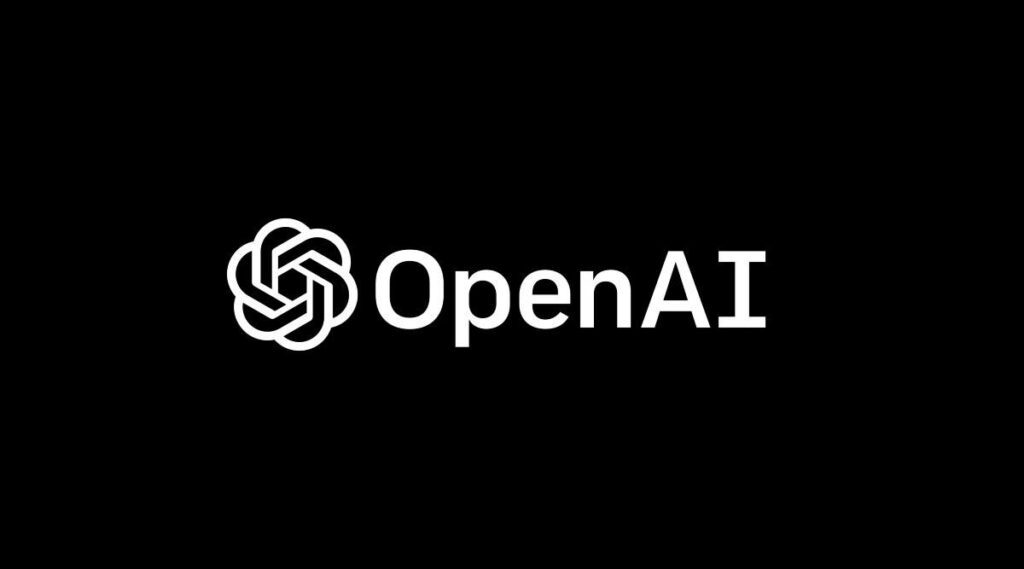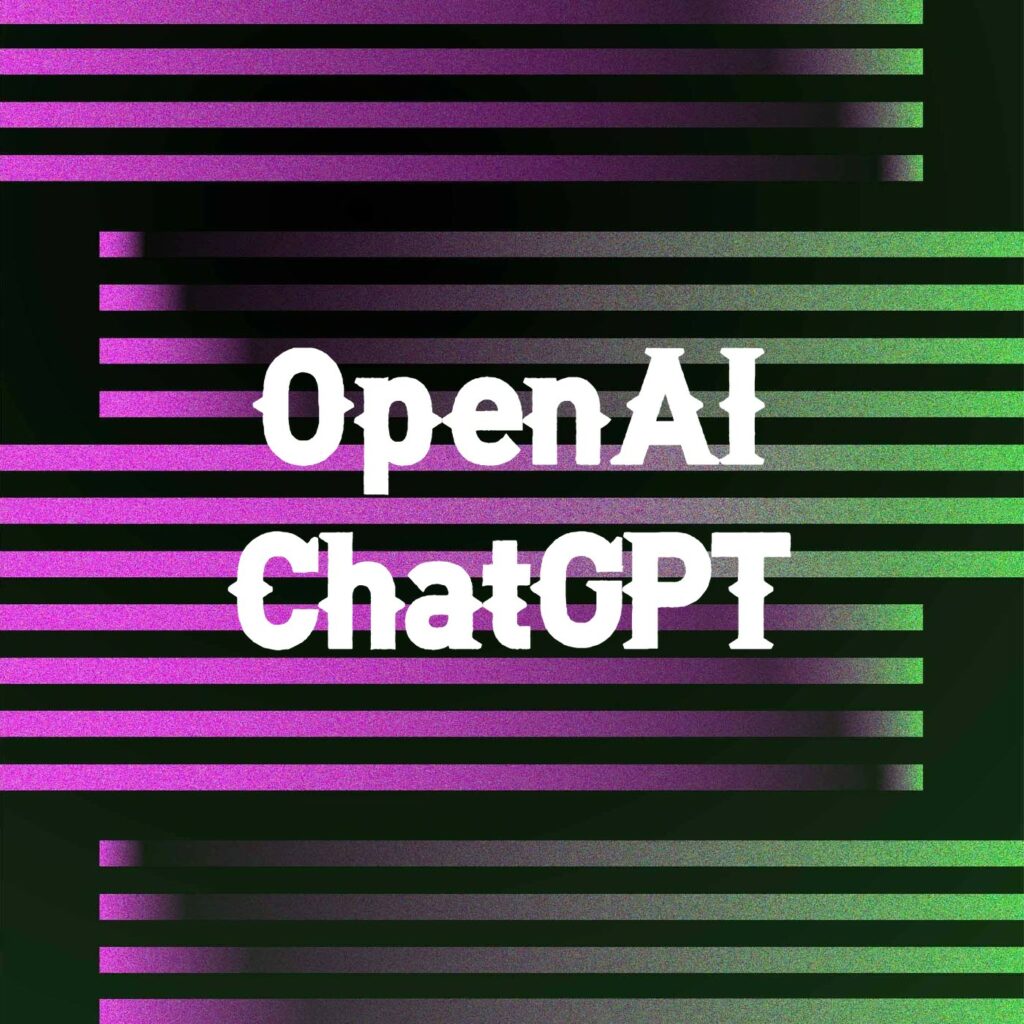OpenAI ChatGPT is a powerful language model developed by OpenAI that uses machine learning to generate human-like text. It is based on the GPT (Generative Pre-training Transformer) architecture, which uses a deep neural network to process and render text.
With ChatGPT, it is possible to generate large amounts of synthetic data that can be used to train other machine learning models. This can help to overcome the limitations of small datasets and allow for the development of more accurate and robust models.
Features and Aspects of ChatGPT

One of the key features of OpenAI ChatGPT is its ability to understand and respond to natural language input in a variety of contexts. This makes it well-suited for tasks such as language translation, text summarization, and question-answering.
Another important aspect of ChatGPT is its ability to generate text that is indistinguishable from text written by a human. This is achieved through a process called pre-training, in which the model is exposed to a large dataset of text before it is fine-tuned for a specific task. This allows the model to learn the nuances of human language and understand the context of the text it is generating.
Uses of ChatGPT
In addition to its natural language processing capabilities, OpenAI ChatGPT also has a number of other useful features. For example, it can be fine-tuned to generate text in specific styles or formats, such as poetry or news articles. It can also be used to generate text that is personalized to a specific audience or purpose.
Despite its advanced capabilities, ChatGPT is not without its limitations. One of the main challenges with using language models like ChatGPT is that they can be biased, especially if the dataset they are trained on is not diverse. Additionally, the model can sometimes generate text that is nonsensical or offensive.

Despite these challenges, OpenAI ChatGPT is a powerful tool that has the potential to revolutionize the way we interact with and understand language. Its ability to understand and respond to natural language input in a variety of contexts makes it well-suited for a wide range of applications, from language translation and text summarization to chatbots and personal assistants.
As the technology continues to evolve and improve, we can expect to see even more advanced and sophisticated language models like ChatGPT in the future. With the ability to understand and generate human-like text, these models have the potential to change the way we interact with technology and each other.
Another important use case for OpenAI ChatGPT is in the field of dialogue systems, such as chatbots and virtual assistants. These systems rely on natural language processing (NLP) to understand and respond to user input, and ChatGPT’s ability to understand and generate human-like text makes it an ideal tool for these applications. With the help of ChatGPT, chatbots and virtual assistants can understand and respond to a wide range of user input, from simple questions to complex requests.
OpenAI ChatGPT Can Generate Text
In addition to its use in dialogue systems, ChatGPT can also be used to generate text for a wide range of other applications. For example, it can be used to generate product descriptions, news articles, and even creative writing like poetry or fiction. The ability to fine-tune ChatGPT to generate text in specific styles or formats makes it an ideal tool for these types of applications.
Another important use case for OpenAI ChatGPT is in the field of data augmentation. Data augmentation is the process of artificially generating new data to increase the size of a dataset. This is particularly useful in fields like computer vision, where large amounts of labeled data are required to train machine learning models.
Finally, OpenAI ChatGPT can also be used for a variety of other applications such as generating text for social media posts, email responses, or even legal documents. The possibilities are endless, and as the technology continues to evolve, we can expect to see even more innovative and exciting use cases for ChatGPT in the future.
Conclusion
Overall, ChatGPT is a powerful language model that has the potential to revolutionize the way we interact with and understand language. Its ability to understand and generate human-like text makes it well-suited for a wide range of applications, from language translation and text summarization to chatbots and personal assistants. As technology continues to evolve, we can expect to see even more advanced and sophisticated language models like ChatGPT in the future, which will have a significant impact on the way we interact with technology and each other.
Thanks for reading this article. If this article is helpful for you, please reach out to us in the comments section below.
Also read | How does Mobile Technology Impact on Local SEO



